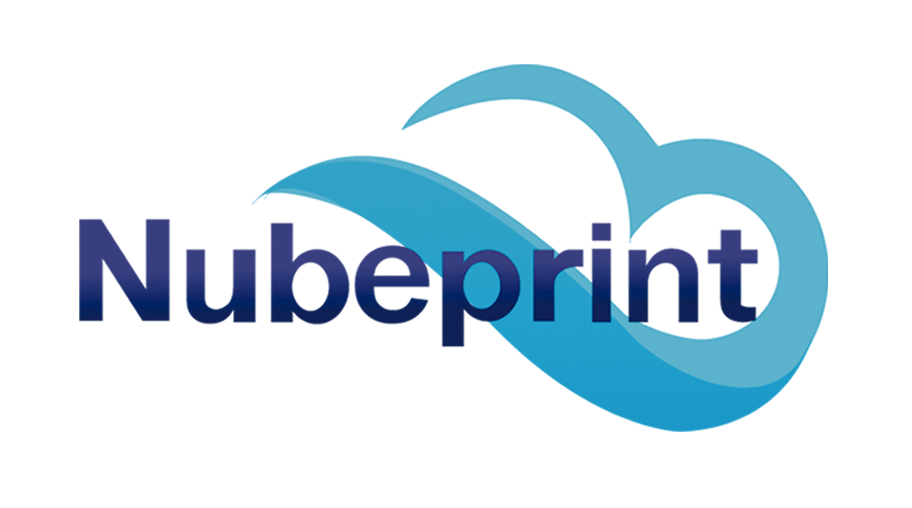Did you know …….?
Big Data analytics helps eCommerce growth.
Nearly 20% of sales made worldwide in 2023 were through eCommerce, a growing trend that highlights the need for companies to analyze Big Data to have an effective online sales channel. Do you want to know how…?
There is no doubt that eCommerce worldwide continues its growing trend.
In the case of Spain, one out of every five purchases (19.9%) are made through eCommerce, according to the latest data from the INE. This trend indicates that companies must adapt their sales strategy to digital channels.
The eCommerce must meet a number of requirements to be attractive:
1. Eye-catching design and intuitive navigation.
2. Image and product description well detailed.
3. Web security.
4. Easy payment, admitting different methods.
5. Good sales and after-sales service.
All this, together with a greater knowledge of customers and their buying habits thanks to data analysis (Big Data), helps the online sales channel to be key to the strategy of companies.
Big Data has become the best tool for the growth of digital commerce. It allows to know the user’s profile and behavior at the right time of purchase.
The use of eCommerce analysis tools, such as Google Analytics, makes it possible to track the main indicators to analyze how the user behaves in the process that culminates with the purchase. All this information in real time helps companies to make decisions.
Knowledge of sales and returns recorded in real time (by days, months and years), average customer spending and billing peaks, along with comparisons with previous periods, is vital for any company.
Big Data analysis will help to make the best decisions and maximize the digital commerce of each company.
Nubeprint, which has been working with AI Machine Learning for MPS for years, facilitates decision making in the management of any printer fleet. Recently, we have incorporated the NubAI generative AI assistant, which, using the Big Data of the Nubeprint system, allows the manager or executive of the company to know the exact situation of its printer fleet with a few simple questions. NubAI provides answers that analyze the data and help to optimize management, with the consequent cost savings.
SOURCE: compartiendoconocimiento.elmundo.es/ Nubeprint
In the case of Spain, one out of every five purchases (19.9%) are made through eCommerce, according to the latest data from the INE. This trend indicates that companies must adapt their sales strategy to digital channels.
The eCommerce must meet a number of requirements to be attractive:
1. Eye-catching design and intuitive navigation.
2. Image and product description well detailed.
3. Web security.
4. Easy payment, admitting different methods.
5. Good sales and after-sales service.
All this, together with a greater knowledge of customers and their buying habits thanks to data analysis (Big Data), helps the online sales channel to be key to the strategy of companies.
Big Data has become the best tool for the growth of digital commerce. It allows to know the user’s profile and behavior at the right time of purchase.
The use of eCommerce analysis tools, such as Google Analytics, makes it possible to track the main indicators to analyze how the user behaves in the process that culminates with the purchase. All this information in real time helps companies to make decisions.
Knowledge of sales and returns recorded in real time (by days, months and years), average customer spending and billing peaks, along with comparisons with previous periods, is vital for any company.
Big Data analysis will help to make the best decisions and maximize the digital commerce of each company.
Nubeprint, which has been working with AI Machine Learning for MPS for years, facilitates decision making in the management of any printer fleet. Recently, we have incorporated the NubAI generative AI assistant, which, using the Big Data of the Nubeprint system, allows the manager or executive of the company to know the exact situation of its printer fleet with a few simple questions. NubAI provides answers that analyze the data and help to optimize management, with the consequent cost savings.
SOURCE: compartiendoconocimiento.elmundo.es/ Nubeprint
Big Data has become the best tool for the growth of digital commerce. It allows to know the user’s profile and behavior at the right time of purchase.
The use of eCommerce analysis tools, such as Google Analytics, makes it possible to track the main indicators to analyze how the user behaves in the process that culminates with the purchase. All this information in real time helps companies to make decisions.
Knowledge of sales and returns recorded in real time (by days, months and years), average customer spending and billing peaks, along with comparisons with previous periods, is vital for any company.
Big Data analysis will help to make the best decisions and maximize the digital commerce of each company.
Nubeprint, which has been working with AI Machine Learning for MPS for years, facilitates decision making in the management of any printer fleet. Recently, we have incorporated the NubAI generative AI assistant, which, using the Big Data of the Nubeprint system, allows the manager or executive of the company to know the exact situation of its printer fleet with a few simple questions. NubAI provides answers that analyze the data and help to optimize management, with the consequent cost savings.
SOURCE: compartiendoconocimiento.elmundo.es/ Nubeprint
Nubeprint, which has been working with AI Machine Learning for MPS for years, facilitates decision making in the management of any printer fleet. Recently, we have incorporated the NubAI generative AI assistant, which, using the Big Data of the Nubeprint system, allows the manager or executive of the company to know the exact situation of its printer fleet with a few simple questions. NubAI provides answers that analyze the data and help to optimize management, with the consequent cost savings.
